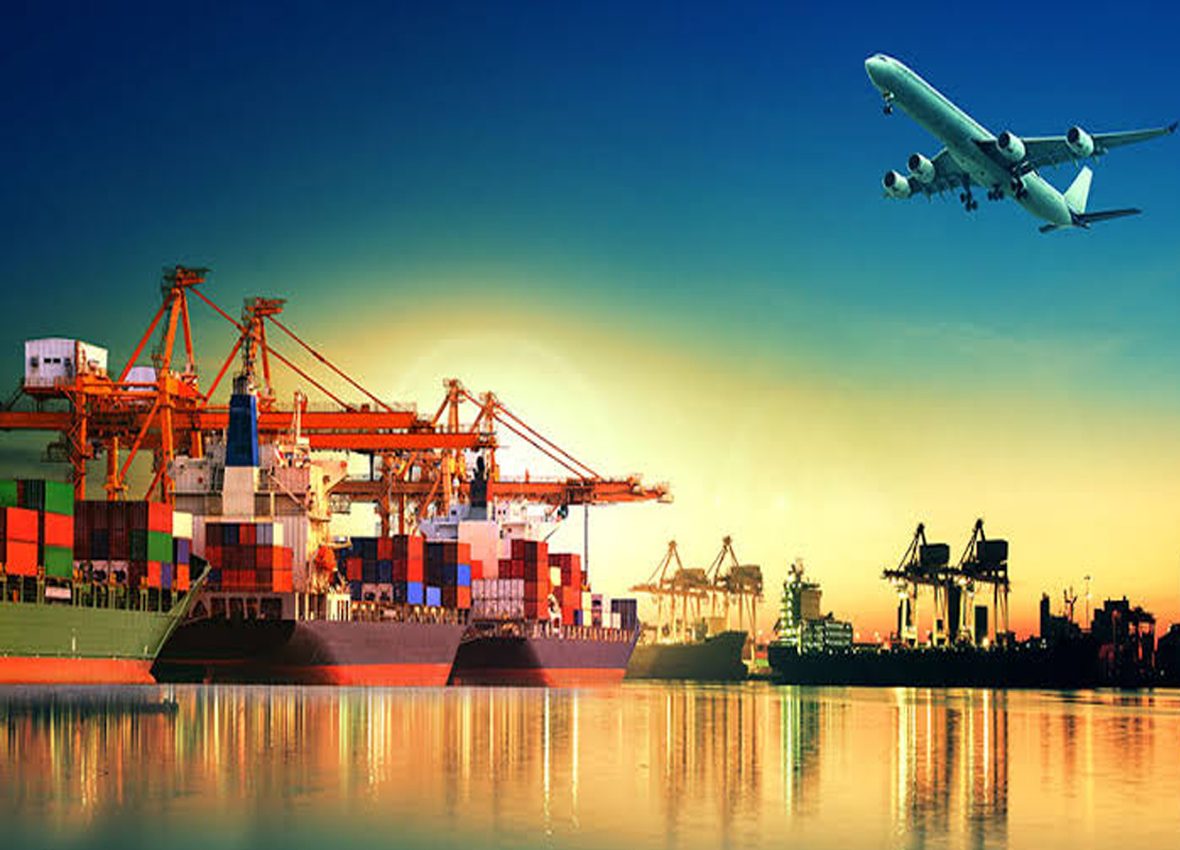UMAASA ang Department of Trade Industry (DTI) na tataas ng 2 hanggang 4 percent ang exports ng goods and services ngayong taon.
“I think it’s now between 0 to 1 (percent growth); the way it appears, this is for goods only. Because services will still show about single-digit growth,” wika ni DTI Secretary Ramon Lopez.
Ayon kay Lopez, umaasa sila na makakamit ang 2-percent rise sa exports ng goods ngayong taon, ngunit ang United States-China trade war ay nakaapekto sa supply chain activities.
“While the country’s exports to China and the US continue to grow, demand for products which are exported to other countries and wherein the Philippines is part of the supply chain, is affected,” aniya.
“So, kahit naggo-grow tayo ng export to US and China, on the overall, other products are affected. So this is tempered because some elements are affected by the trade war,” dagdag pa niya.
Ani Lopez, ang services exports ay pangunahing itinutulak ng information technology at business process management (IT-BPM), gayundin ng creative industries tulad ng graphic design, game development, at software development, na tinukoy bilang service winners.
Ang kinita mula sa exports ng goods and services ay pumalo sa USD95 billion noong nakaraang taon.
Sa 2020, umaasa si Lopez na ang exports ng goods and services ng bansa ay lalago sa 4-6 percent.
“There is hope that there is settlement to this China-US (trade war) and there is base effect considering 2018 and 2019 some-what slowed down. Hopefully, we can go back on track in terms of growth rate,” ani Lopez.
Dagdag pa ng kalihim, inaasahang babawi ang electronics sector makaraang maapektuhan ng trade war ang ilang elemento ng supply chain nito.
Ang mga apektado ay ang exports ng mga sektor na may kinalaman sa manufacturing, gaya ng furniture, fixture at petroleum.
“And we can credit also in domestic demand that instead of export, these (products) are sold here be-cause of that strong demand locally so somehow, there is that trade diversion effect. Since the ques-tion is the outlook for next year, then I think we can say positively that it can only be better. Of course, that hinges on the better negotiation between the two major economies.” PNA










Comments are closed.